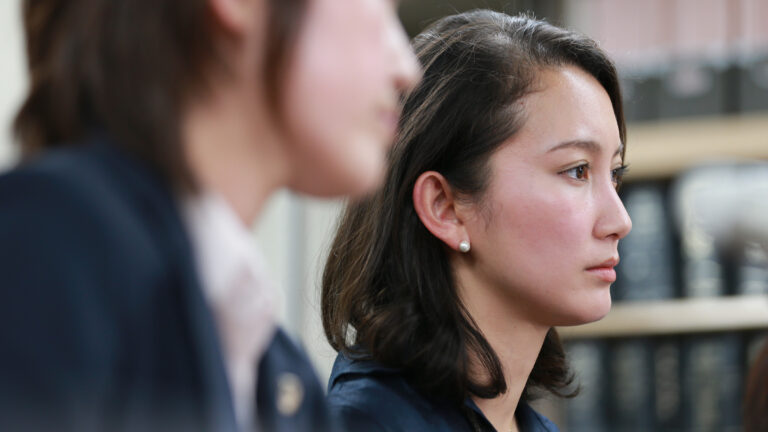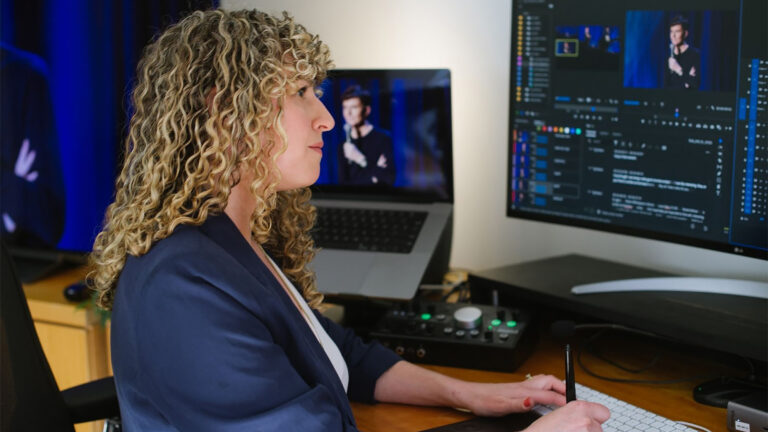One of the many topics in the forefront of industry-related conversations has been around diversity in filmmaking—both in front of and behind the camera.
The Broken Hearts Gallery, writer-director Natalie Krinsky’s first feature, ticks both boxes. What’s even better is that while she was intentional about working with a diverse crew and cast, it was not only easy to accomplish, but resulted in a more authentic film.
But while many of the key crew were women, editor Shawn Paper, ACE is not. Which also means that while casting and hiring crew, Natalie focused more on who was right for the role or the job and less on gender or race. We were lucky enough to speak with both Natalie and Shawn about what mattered to them as they created a film that represents contemporary America—and the way our industry can (and should) work.
First, consider their work
During casting, Natalie looked more at the actors’ body of work than at their auditions because she wanted to get a sense of their range and capabilities. And that was how she hired her crew, as well.
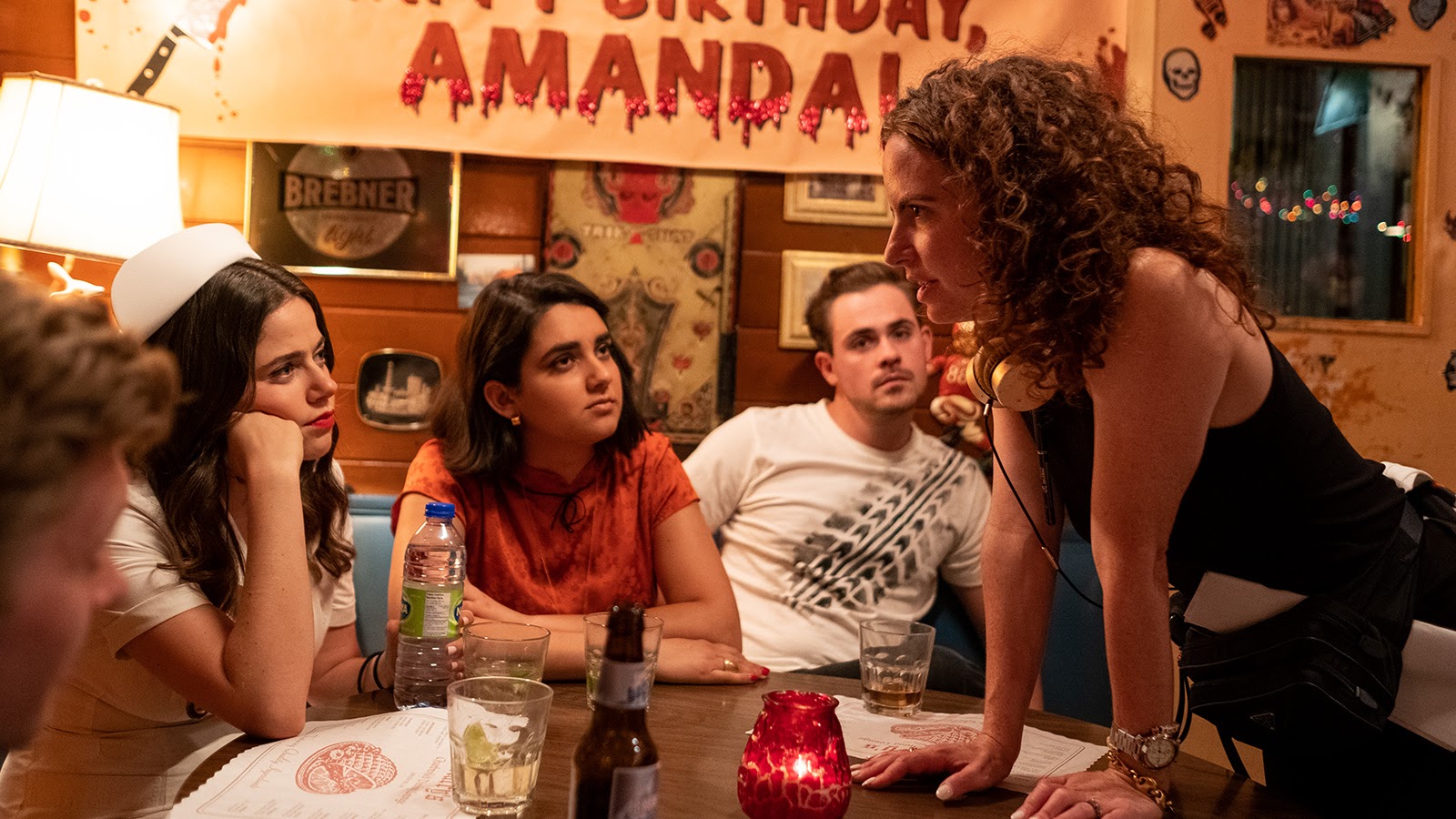
Shawn has edited a number of shows that feature unconventional female protagonists, including the television series Girls, VEEP, and I Feel Bad, as well as series that incorporate rom-com story lines, such as Ugly Betty and Mozart in the Jungle. “When I had my very first conversation with Shawn, it was immediately clear to me that he got the script and understood it and loved it,” Natalie says. “We wanted to have as many female voices as we could, but what was most important to me was that anyone who worked on the film understood what we were trying to do. Shawn wanted to take care of it, not take it over.”
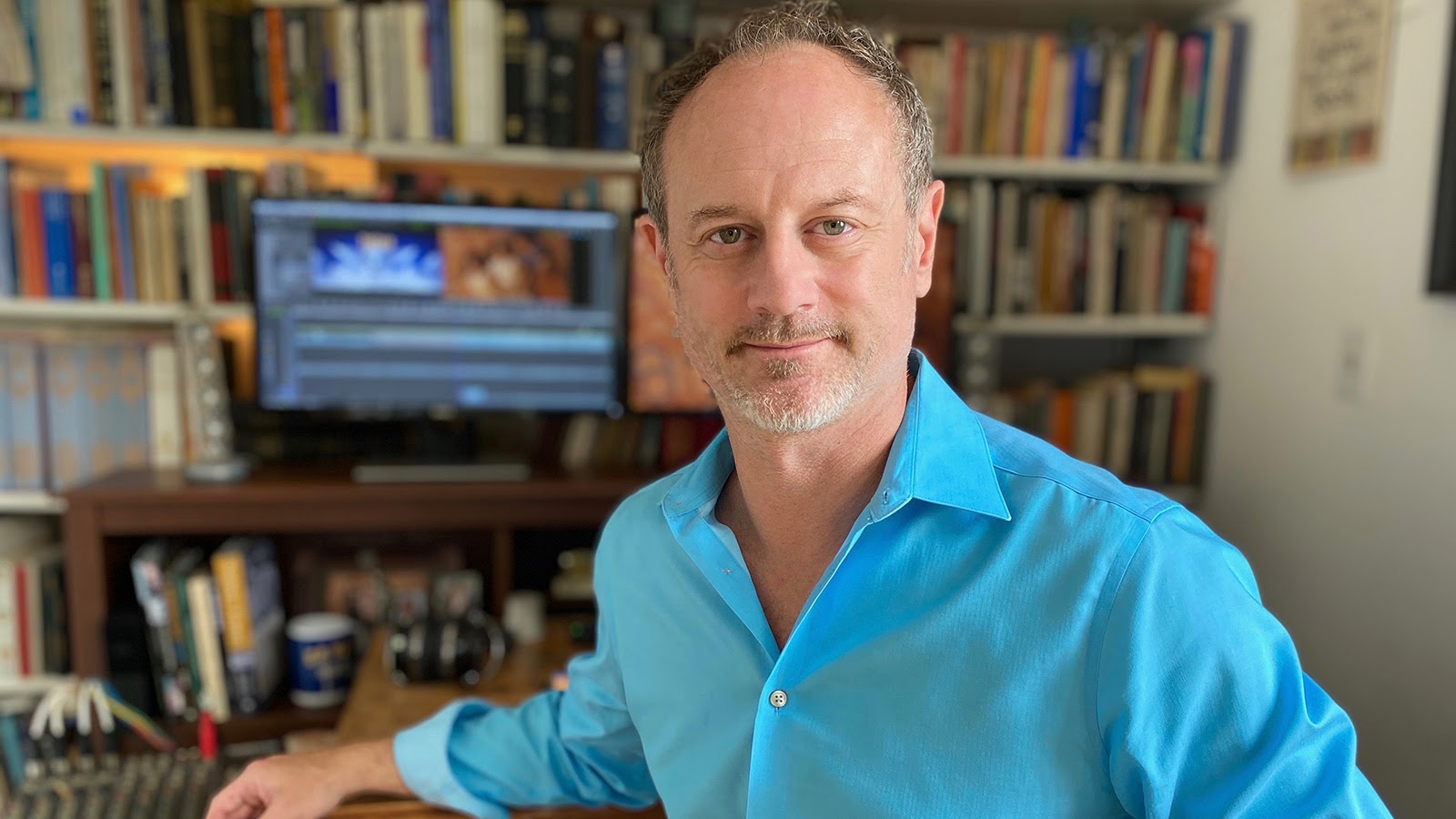
For anyone who hasn’t seen The Broken Hearts Gallery yet, no spoilers. But, for context, the main character, Lucy, is a Gen Z aspiring gallery owner. Dumped early on by a man who has both stolen her heart and her business ideas, she navigates through her sadness by pouring her energy into creating a gallery of her own. Along the way, she makes mistakes, but is never defeated by her failures. It’s Lucy’s story, a classic in the vein of His Girl Friday, where the Cary Grant role is that of straight man to Rosalind Russell’s irrepressible energy, wit, and sass.
Everyone has grief. Everyone has pain. Everyone falls in love—not just skinny blonde girls.
Natalie’s casting was intentionally colorblind which, she says, actually made it far easier for her to reflect the world we live in. Her choice for Lucy was Geraldine Viswanathan, who is Australian of Indian/South Asian heritage. Her mother is played by Sheila McCarthy, a Canadian, who is not. Guatemalan-born Arturo Castro has a substantial role in the film, as does Saturday Night Live’s Ego Nwodim, an African-American woman. “Stories happen to everyone,” Natalie says. “That’s the common thing we have, no matter our ethnicity or religious background. Everyone has grief. Everyone has pain. Everyone falls in love—not just skinny blonde girls.”

Beyond Shawn’s resume and love for the script, one of the reasons Natalie elected to work with him was because she was less secure about the editing process than about directing the live action. “The post process was something that I didn’t have much experience with. And Shawn was wonderful as someone who had been through it.”
Natalie came to directing by way of writing. A successful novel kick started her career, and she moved on to television, writing for shows like Grey’s Anatomy and Gossip Girl.
“When you’re shooting, you can have a bad day and then the next day is totally different,” Natalie says. “But it turns out that post is a lot like writing. When you watch the first assembly and think about what you had in your mind versus what’s really there, you feel like you’re having a bad day for a longer time. And even if it starts getting better, it’s still emotionally taxing. Shawn helped guide me through the process without losing hope or steam. Because it’s certainly an endurance test.”
Organic chemistry
Shawn was interested in this project because he’d been a fan of Natalie’s work and immediately loved the script. “I’m attracted to projects where I get to learn something new. In this instance, I got to learn about the New York City art world, which added to the fun and excitement. It was a really smart script, and the project came up just as I was finishing season 1 of What We Do in the Shadows.”
In The Broken Hearts Gallery, you’ll see we made sure that the crowd is actually fifty-fifty to reflect the real world’s population.
As a result of having worked with Judd Apatow on the shows Girls and Crashing, Shawn is particularly adept at cutting improvised scenes—a task that’s easiest when actors have authentic chemistry. “Natalie cast people who worked really well together so that you can feel the on-screen chemistry,” he says. “Part of my job as an editor is to manufacture chemistry when it doesn’t exist by cutting the scenes in a way that creates the necessary emotional tension. But that wasn’t required here because Natalie encouraged the actors to play around with their parts before shooting. You can see how much fun they were having by the time they got on camera and how organic the humor was.”
In past projects such as VEEP, Parks and Recreation, and Flight of the Conchords, Shawn used an almost documentary-style approach. “I like diving into the footage to find unscripted moments that enhance the spontaneity of a scene. That part of my job is easy when I’m sifting through dailies featuring great improvisers like Ego and Arturo. First, though, I construct a scene as scripted before I go back to unwritten moments that stick out as being particularly dynamic. Such moments, if incorporated, can give a scene a different emotional impact, or even send it in an alternative direction. Some of the best directors I’ve worked with trust their actors’ improvisational instincts, realizing that the original script might not end up fully reflected in the final cut.”
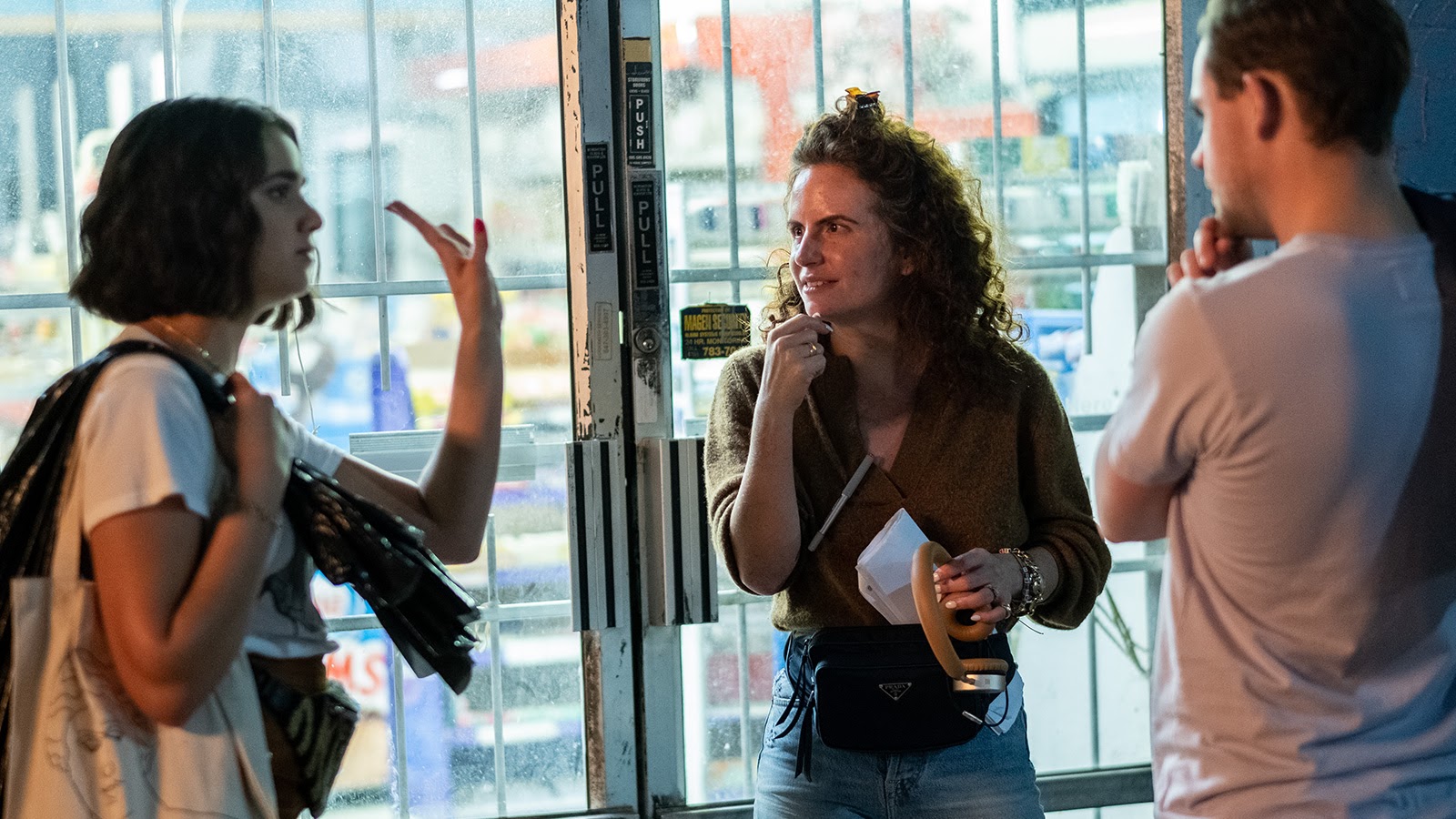
But because the actors were so comfortable with one another and so adept at improvising, Shawn and Natalie found themselves with almost too much material to choose from. For example, the subplot of Lucy’s boyfriend stealing her ideas was something they had considered cutting altogether. “We thought about it for a while,” Shawn says. “And then my wife and I attended an Austin Film Festival session called “The Women in the Room,” where the panelists—all of them female writers, directors, and producers—were sharing stories about having their IP brazenly stolen by male colleagues time and again. After that, I felt we had to keep the IP-theft element in the film to acknowledge that this sort of thing happens to women all the time, and Natalie concurred.”
Shawn takes a special interest in the concerns of women working in Hollywood and in ensuring accurate female representation on screen. “In helping my daughter with a short film that drew on research from the Geena Davis Institute on Gender and Media,” he says, “I learned that male producers have a pretty skewed perception of gender parity when looking at crowd scenes. The Institute’s research found that if 17 percent of a crowd was female, male producers felt gender representation was balanced. If female representation in a crowd reached 30 percent, male producers felt there were too many women. In The Broken Hearts Gallery, you’ll see we made sure that the crowd is actually fifty-fifty to reflect the real world’s population.”
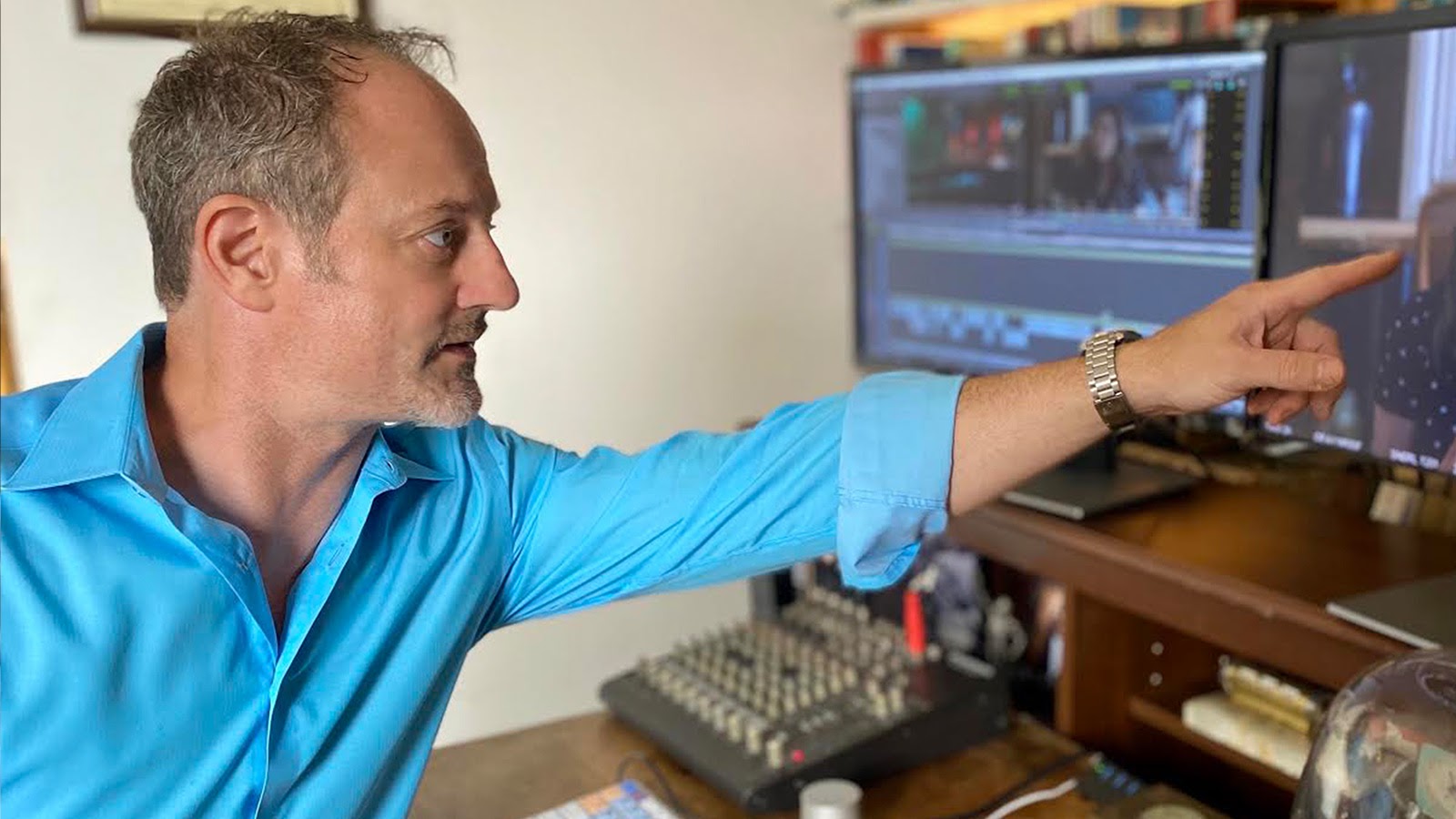
Shawn is also particularly drawn to the unconventional female lead. “Starting with my time on Ugly Betty, I knew that if I was telling the story of an underdog feminist who doesn’t fit the typical Hollywood mold of perfection, I had to treat that character with compassion, but in a way that doesn’t slide into condescension. Even if the audience cringes at the protagonist’s embarrassing moments, my job is to help ensure that the viewers ultimately admire her more than they worry about her shortcomings.”
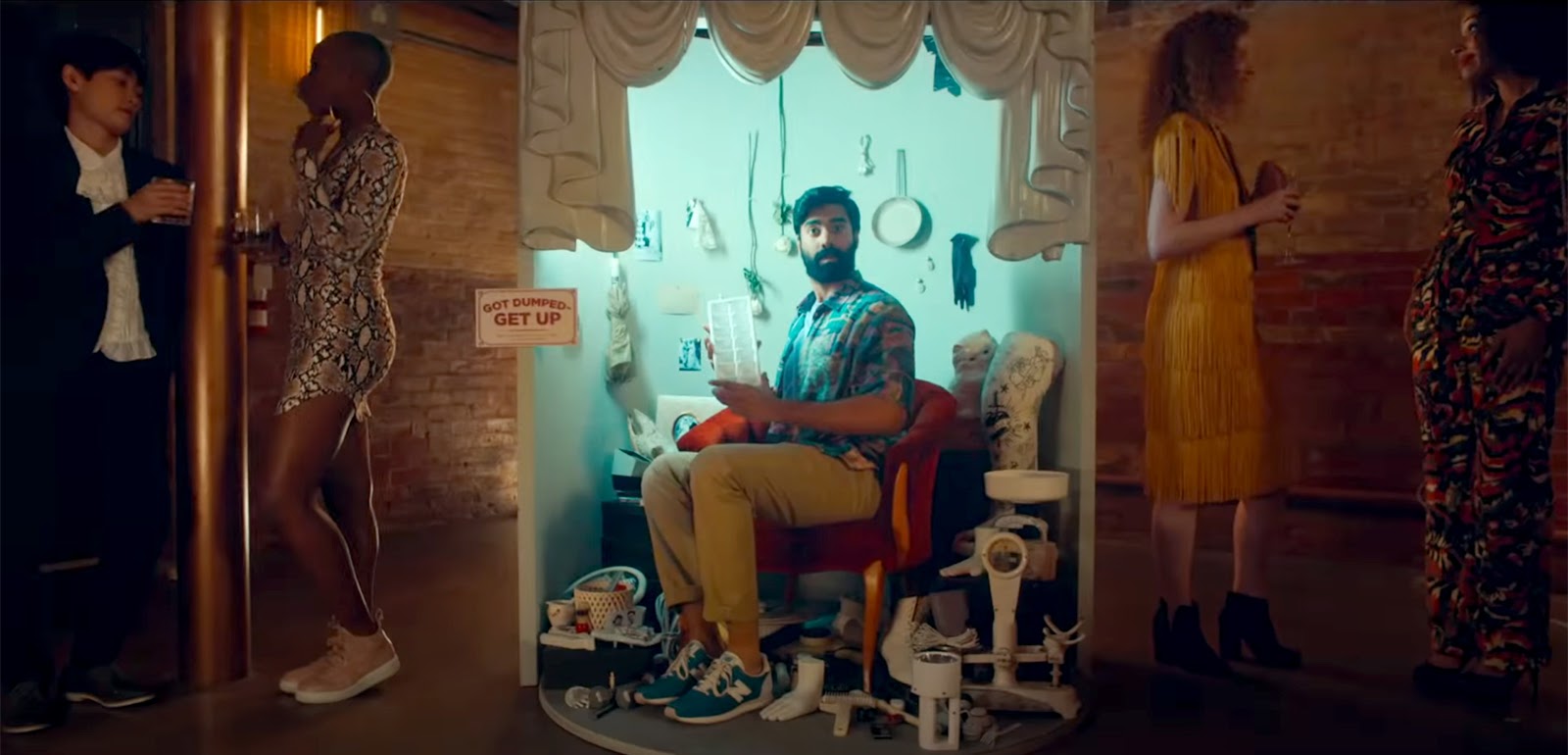
Given the diversity of the cast in The Broken Hearts Gallery, it was also important to Natalie and Shawn that no hint of unconscious bias crept in. “We wanted to look at each character with dignity and make sure that we never lost sight of that.”
Life imitates art
Natalie wrote the screenplay for The Broken Hearts Gallery years ago. And in the way that life often inspires art, in this case it might have been the other way around. Yes, Natalie had a successful career as a writer. But directing this film came as a bit of a surprise. “I was very lucky that I had extraordinarily supportive producers [Selena Gomez, among them] and they realized that I knew what this movie was and asked me if I wanted to direct it. I asked what they wanted me to do—act the movie out or what—and they said, ‘You just have to say yes.’ And then I thanked them for letting me know what it feels like to be a straight, white guy.”
“As women, we have a tendency to wonder if we can do a good job,” Natalie says. “It’s really important to have the confidence to step into these roles, even if we sometimes feel they’re a little bit out of our depth. We absolutely have to do our homework—many female filmmakers will tell you that we have to be three times more prepared—but you have to believe that you can do it.”
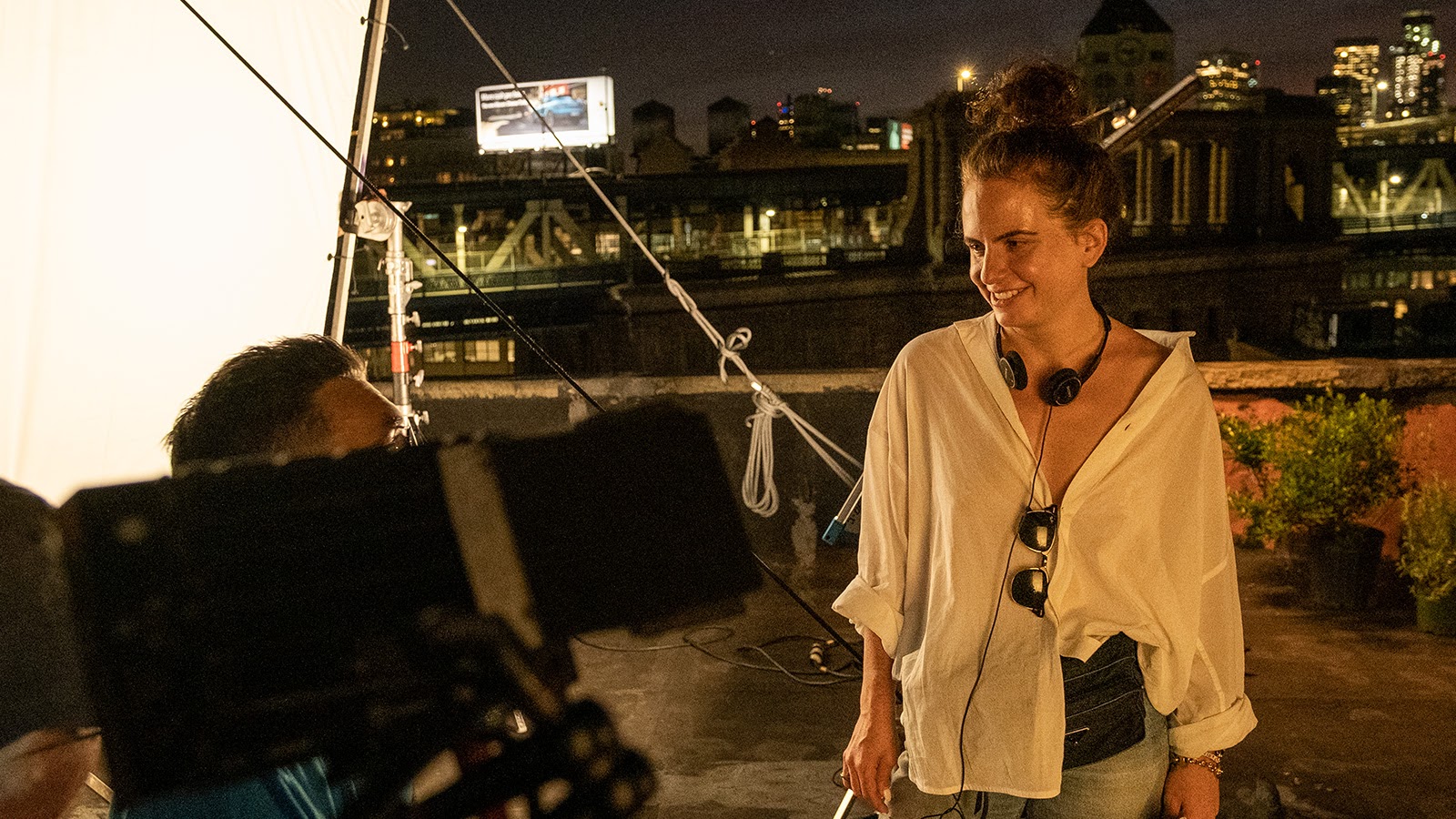
Which, of course, is the theme of the movie. But Natalie and Shawn handle it with such a light and deft touch that the viewer doesn’t feel as though they’re watching a treatise on feminism disguised as a rom-com. If anything, one of the great strengths of the film is that what happens to Lucy feels completely organic, a testament to her humanity and not just to her femaleness. Lucy’s character isn’t drawn as a feminist mouthpiece—rather, Lucy’s trajectory feels completely authentic to her character.
“Lucy can make mistakes, but she can also recover from them. She’s not apologetic for who she is, which is an important lesson for women—and for anyone,” Natalie says.
In the way that Natalie has made what’s on the screen feel authentic, the question of why she’d elected to work with a male editor starts to make more sense. “The world is made up of men and women,” Natalie says. “And under the right leadership, all those voices can work harmoniously.”

It’s worth noting that some of the most accomplished editors of all time are women: Thelma Schoonmaker, Anne V. Coates, Verna Fields, Susan E. Morse, Sally Menke, and many others. Among them was the late Dede Allen, one of Shawn’s influences.
Like Natalie, Shawn came from a background of literature and the humanities, but was also involved in theater. Upon reading a recent book about Sidney Lumet by Columbia University professor Maura Spiegel—a friend of Shawn’s, as well as a former professor at his alma mater Bennington College—Shawn rewatched Dog Day Afternoon. Doing so gave him renewed appreciation for Dede Allen’s editing style. Soon after, he watched another film edited by Allen, Warren Beatty’s Reds, noticing the equal (and possibly even greater) screen time Diane Keaton’s character is given in the final cut. The result, he says, is that Keaton doesn’t play second fiddle to Beatty.
Diane Keaton facing down a Congressional Hearing as Louise Bryant in Reds.
Shawn notes, however, that by the time Reds was made (1981), strong female characters in Hollywood movies had long been on the wane—a stark contrast to the period spanning the 1930s through the early 1950s, when studios routinely made profitable, compelling movies starring smart, wisecracking women such as Mae West in I’m No Angel and Bette Davis in All About Eve. “The power and contribution of women in filmmaking through the mid-20th century inspires me.” Clearly, given his resume and penchant for working on female-focused projects, Shawn is one of the men in Hollywood who’s committed to seeing women treated with the respect they deserve.
Art (realistically) imitates life
Just as this is a movie that’s female-driven but doesn’t feel overtly feminist, it’s a movie with a diverse cast that doesn’t trade on its diversity. “We’ve made a movie about humans doing human things,” Natalie says. “It’s not about Lucy being a biracial woman with a white mother and Indian father, but about a woman who falls in love. And that happens to be her ethnicity.”
In other words, at a time when our industry is emphasizing diversity, it turns out that what may sit at the heart of achieving it is simply a matter of approaching stories more authentically. “We are doing not only ourselves a great service, but because the more voices we have participating, the better the ideas are,” she says.
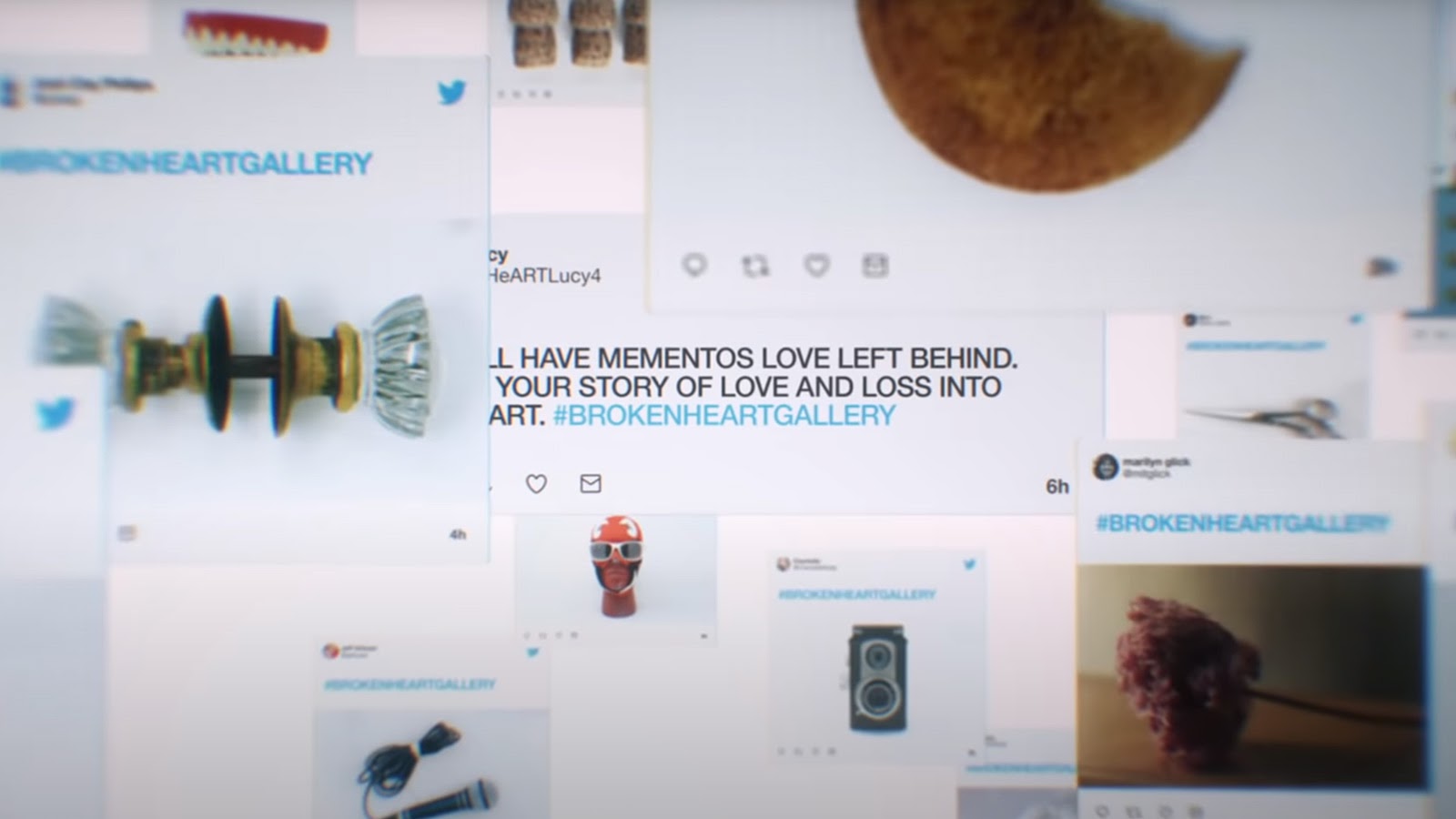
There’s ample evidence supporting the idea that diverse companies are more profitable. And, as we have previously noted in this blog, the moviegoing audience is 51 percent female. Beyond that, by 2050, the majority of the US population will no longer be white. But when you look at the financial and critical success of movies like Black Panther and Aladdin (which topped an international box office of a billion dollars each), and Crazy Rich Asians (which had a modest $30 million budget and cleared more than $200 million), clearly there’s an audience for films that feature casts that are more representative of our melting pot.
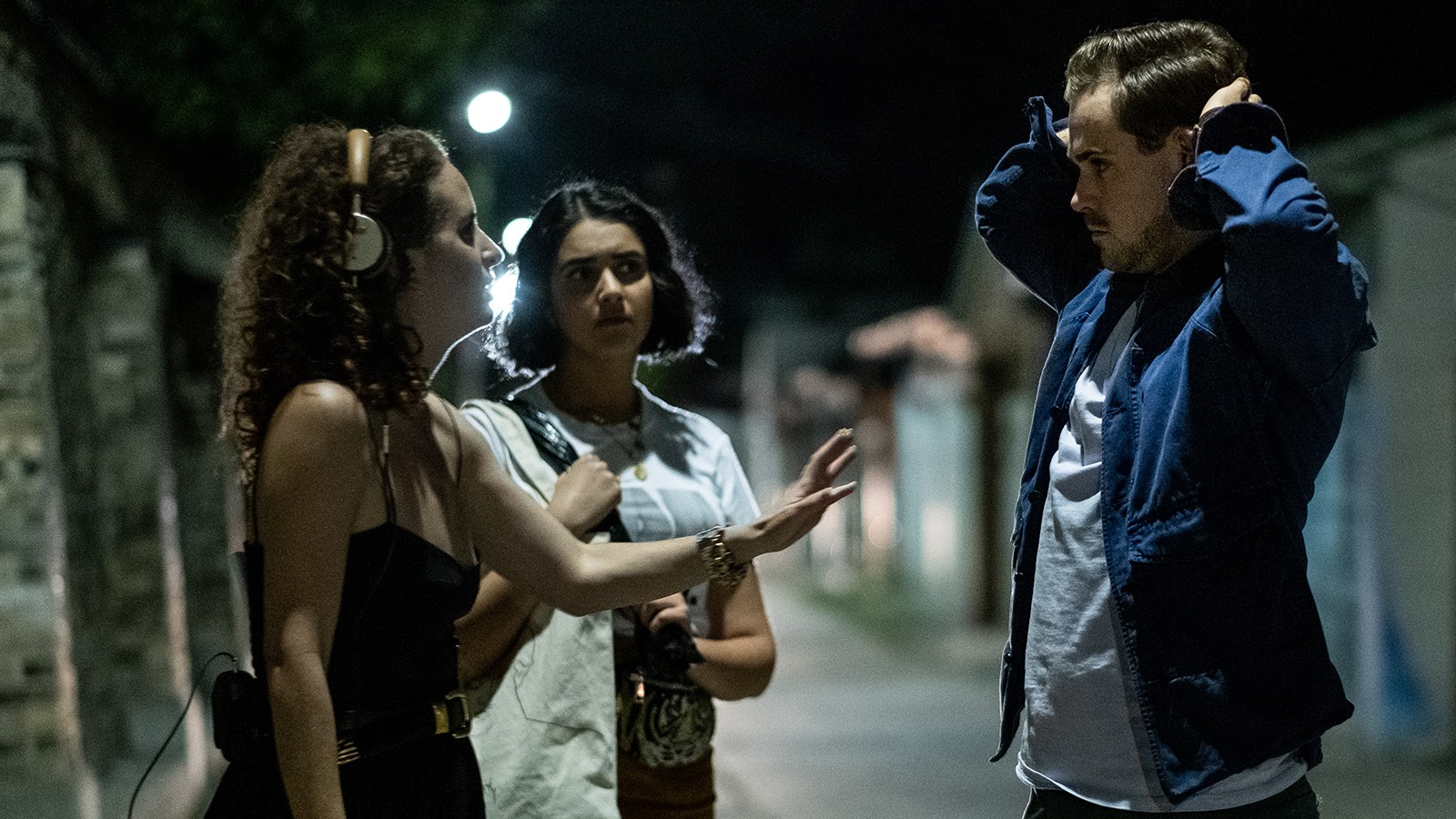
So how do we continue to fix the diversity problem? The lengthy answer seems to involve all sorts of ongoing conversations on the subject. But if you ask Natalie, it’s pretty simple. “We just have to be dedicated to making film and television more reflective of the world we live in.”
And we’ll be here to shed light on the projects that are successfully helping move our industry toward that goal.



